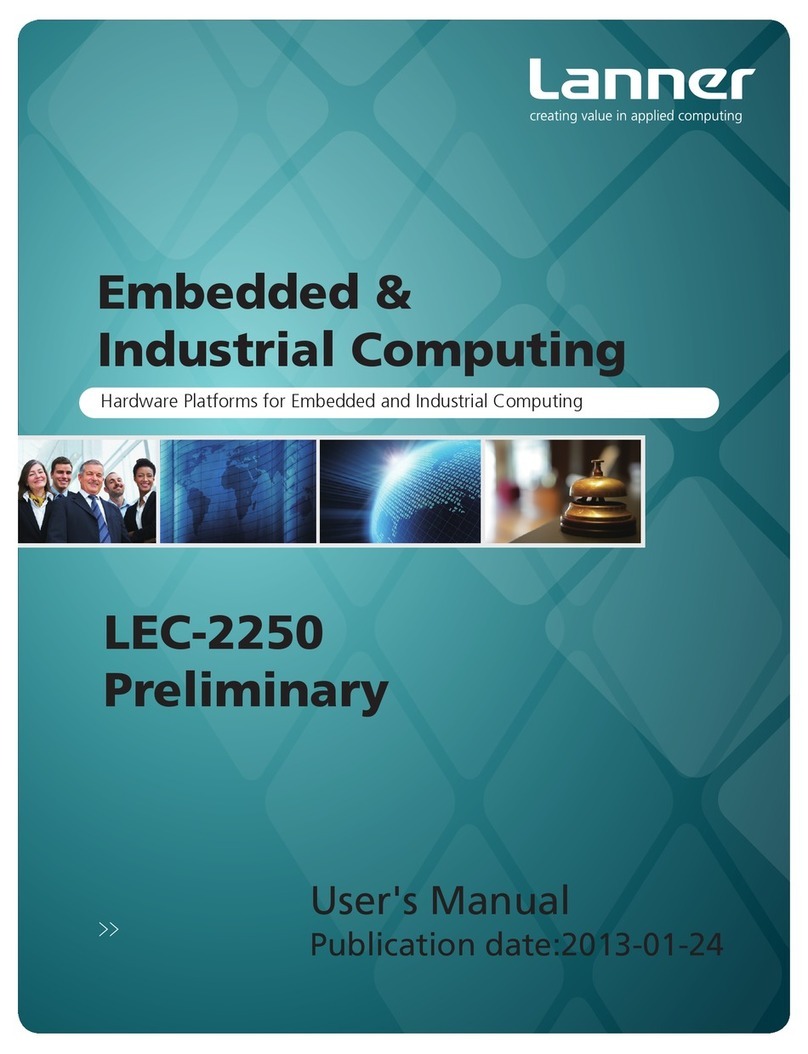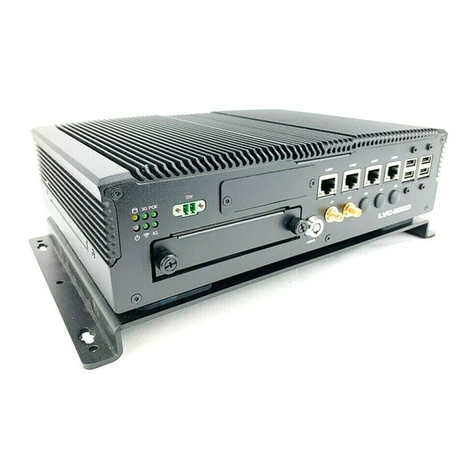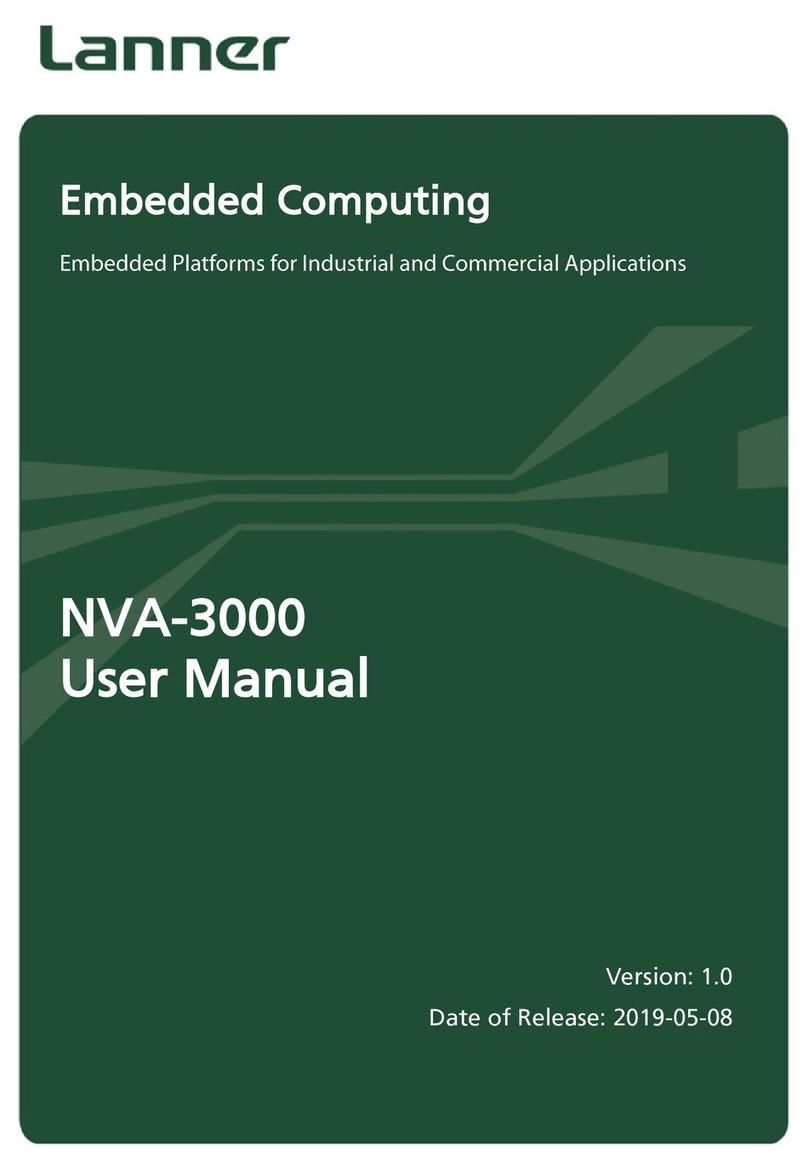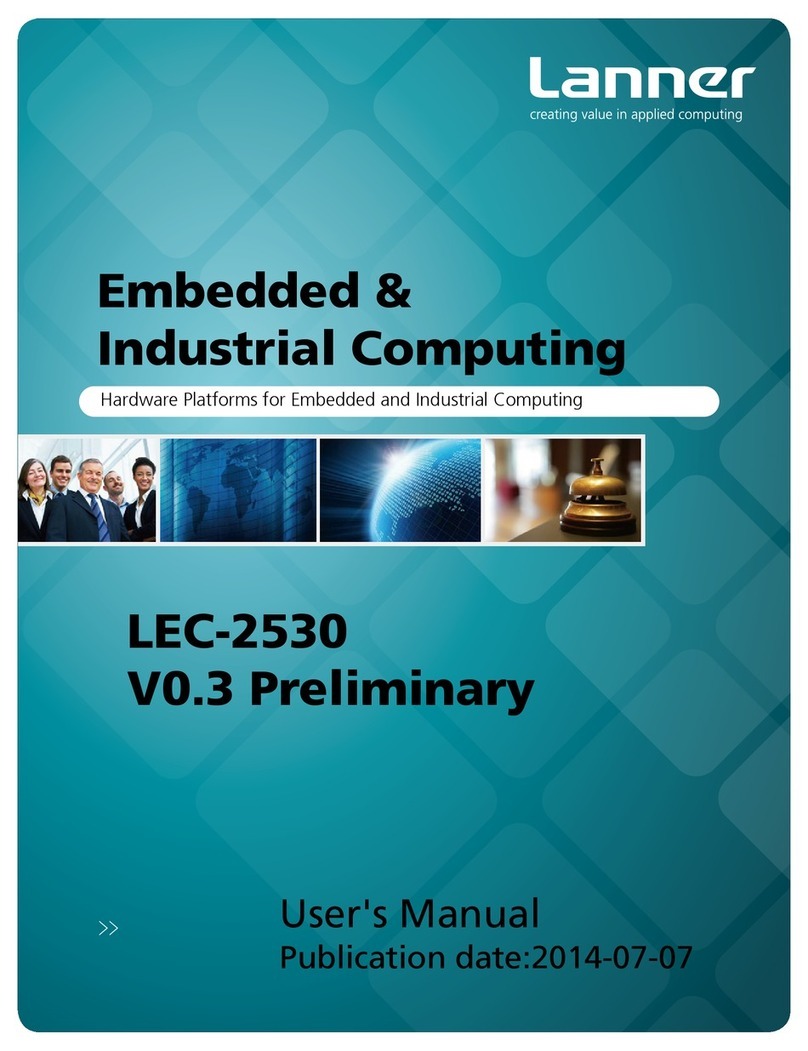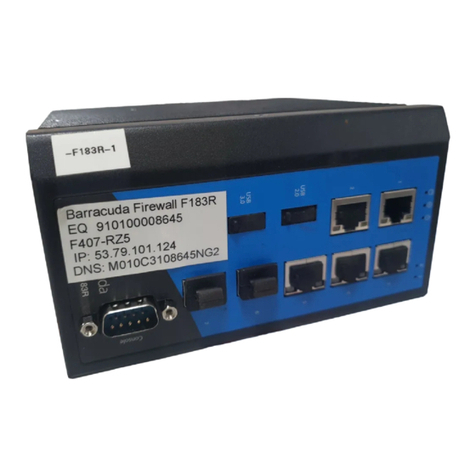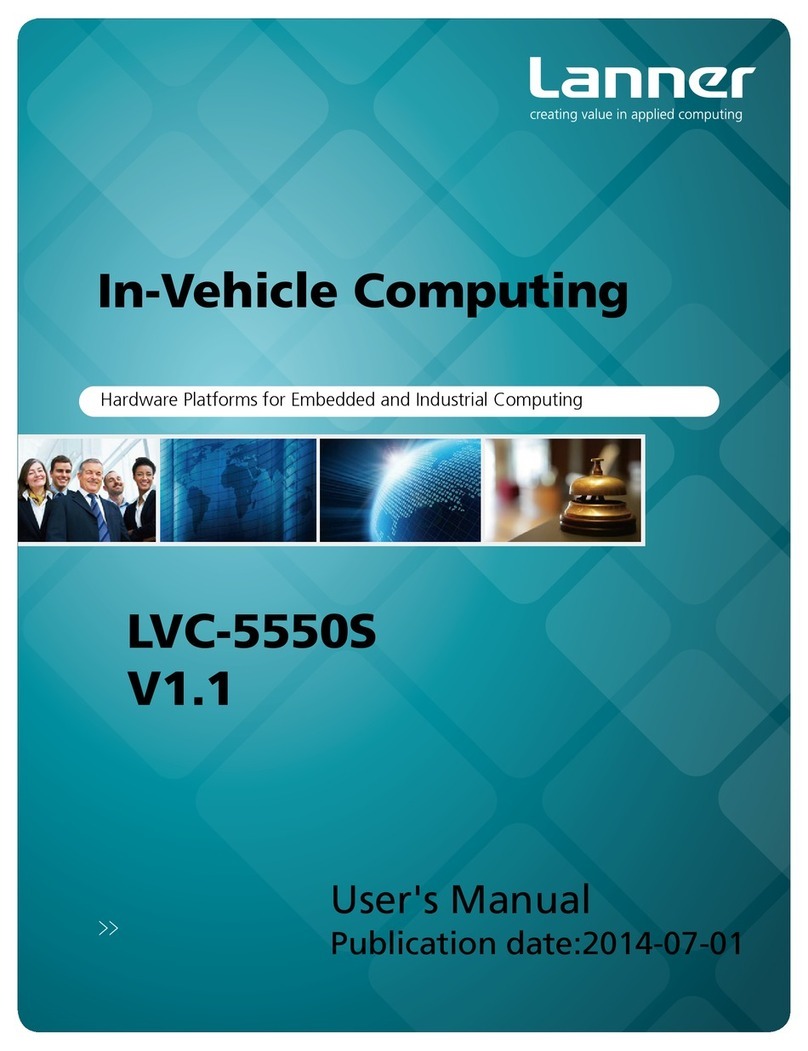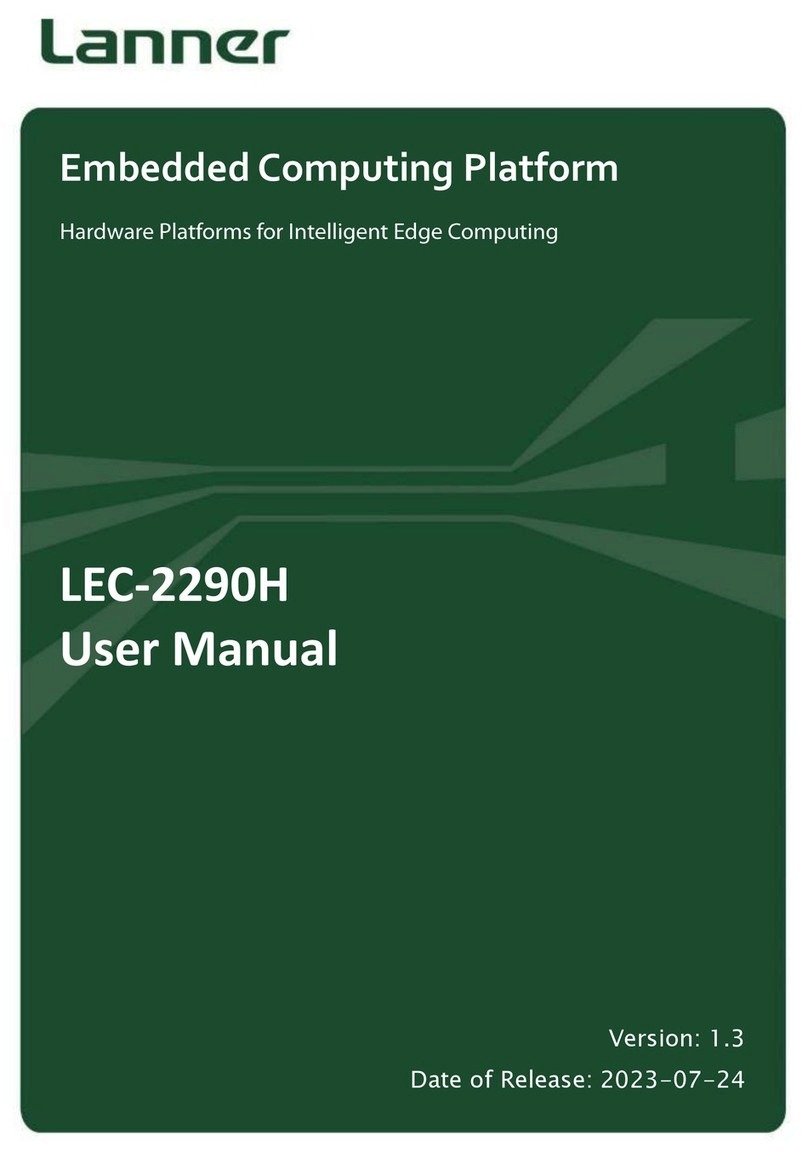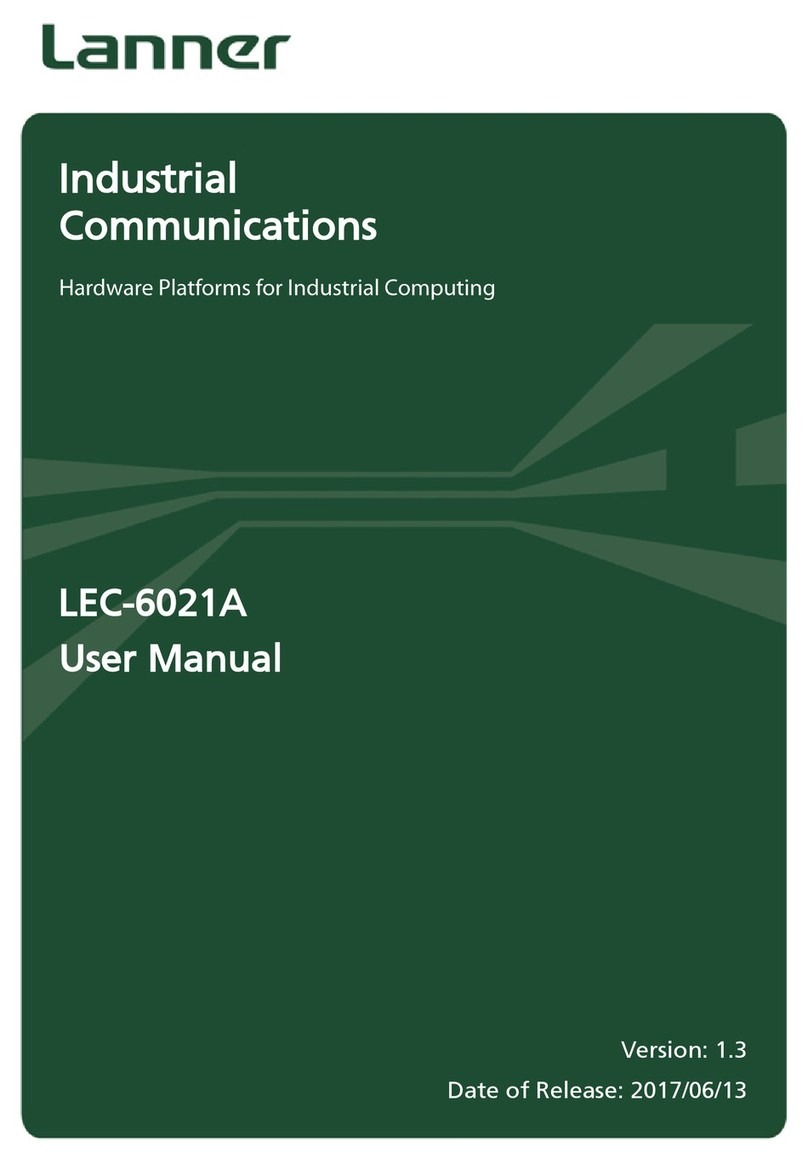
Table of Contents
Revision History ............................................................................................................2
Chapter 1: Introduction................................................................................................10
System Specification............................................................................................10
Ordering Information...........................................................................................11
Package Contents.................................................................................................12
Chapter 2: System Overview.......................................................................................13
Mechanical Drawing............................................................................................13
Block Diagram.....................................................................................................14
Front I/Os.............................................................................................................15
Rear I/Os..............................................................................................................16
Chapter 3: Board Layout..............................................................................................17
Jumpers and Connectors on the Motherboard .....................................................17
Jumper Setting and Connector Pin-out................................................................18
Chapter 4: Hardware Setup..........................................................................................26
Installing the System Memory.............................................................................27
Installing mSATA and Mini-PCIe Modules.........................................................28
Chapter 5: BIOS Setup.................................................................................................29
Main.......................................................................................................................30
Advanced ................................................................................................................31
PXE Function...............................................................................................31
W836270HG Super IO Configuration.........................................................32
Serial Port 1/2 Configuration.......................................................................33
W836270HG HW Monitor..........................................................................36
Serial Port Console Redirection...................................................................37
COM Console Redirection Settings.............................................................37
Generation 2 LAN Bypass Configurations..................................................44
Trusted Computing ......................................................................................46
USB Configuration ......................................................................................48
IntelRCSetup........................................................................................................52
Processor Configuration...............................................................................52
North Bridge Chipset Configuration............................................................54
South Bridge Chipset Configuration............................................................55
SATA Configuration....................................................................................56
Security ..................................................................................................................61
Boot.......................................................................................................................62
Save & Exit ..............................................................................................................63
Appendix A: Programming Watchdog Timer ..............................................................64
